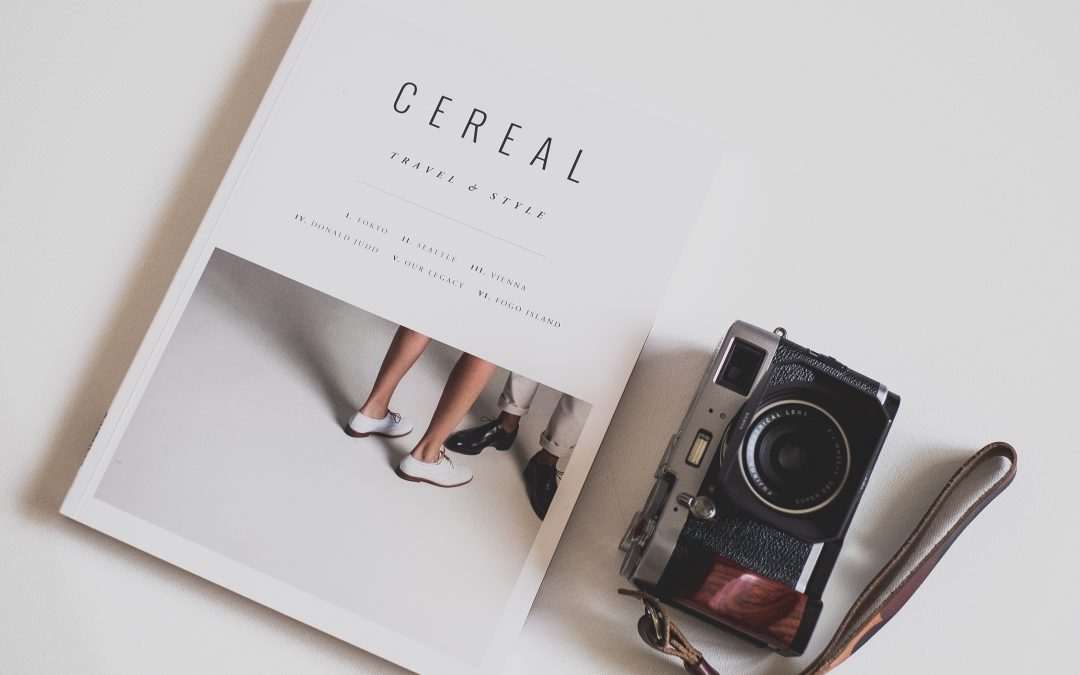Blurb’s Trade Books is a nice, versatile format. They are designed to look and feel like books that you can find on a shelf in any store. You will find that they are often found on bookshelves and are a standard type of paper that provides the best balance between printing costs and print quality.
Pay attention to conferences
The size of the deed gives people a subtle, unconscious see of what’s inside. Traditionally, smaller books are used for fiction and storytelling – size 5 × 8. The larger 6 × 9 is closer to non-fiction, essays and memoirs. It’s a hand size that fits in a random picture or diagram.
Design a page shape
Deeds are portrait-shaped – larger than they are wide. This means that the ideal layout also includes portrait images. When you select content and create layouts, you can make the most of this vertical space, which can be difficult when you usually create your photos horizontally. When collecting visual content, look for images with a strong vertical image, and if you create content for a trading book, remember the permanent direction.
Allow the content mode to breathe. On smaller pages it is tempting to put as much in the room as possible, but the most beautiful books take an illogical approach: let it be very and very white. Be careful not to run the pages. These smaller and narrower pages need tighter focus with generous margins and space between titles and text, between images, and on landing pages.
Optimize readability. A few tricks in the industry: use a serif for large blocks of text, put spaces between the lines and type in black. When it comes to text that needs to be read carefully, there are proven striking guides to help text get out of the way so that ideas can shine through. Serif are flags that hang letters, and were originally added to guide the eye as it runs along sideways, line by line. Although serif fonts may not seem modern, there is a reason why they live on a printed page. Another thing that makes the reader want to read is a lot of space between lines called “leading.” Your lead should be 2-4 points bigger than the guy’s size. It’s best to add pages before you reduce the font size or instructions. And while the software allows you to change the color of text blocks, nothing beats the clarity and contrast of actual black text.
Think about your margins. The variation in your content that breaks the margins or borders is a dead gift if you’re looking for a professional look yourself. Make sure that the margins are consistent from page to page and that they don’t have a waste of content. A good way to check the checks is to go through the book page on the page and check the edges. Even the error in your margins sticks and annoys you after all the hard work. It is best to double and triple this before printing.
More is better. This format is designed for larger content. If the price is lower on the page, don’t be afraid to get all the rooms you need. You also need more pages to have enough space in the backbone of the book for text. If there are too few pages, the spine is too narrow for the title. Textbooks look and feel best on 80-300 pages.
Don’t forget the navigation pages. Since you have these extra pages, don’t forget your own section/book/chapter landing pages. You also need a title page, table of contents, copyright page, and getting started. You may also need end material with the author’s bio or information about your next project. Take a book like the one you make off the shelf and make sure you have all the official and navigation in this way. That goes without saying, but most of this navigation can’t be done without page numbers, so don’t forget to add these to a smooth place throughout the book.
Find the right ink for your content. Special books offer 4 types of printing, both standard and economical in color and black and white. Business black and white is for books that are almost direct text – novels, essays,

